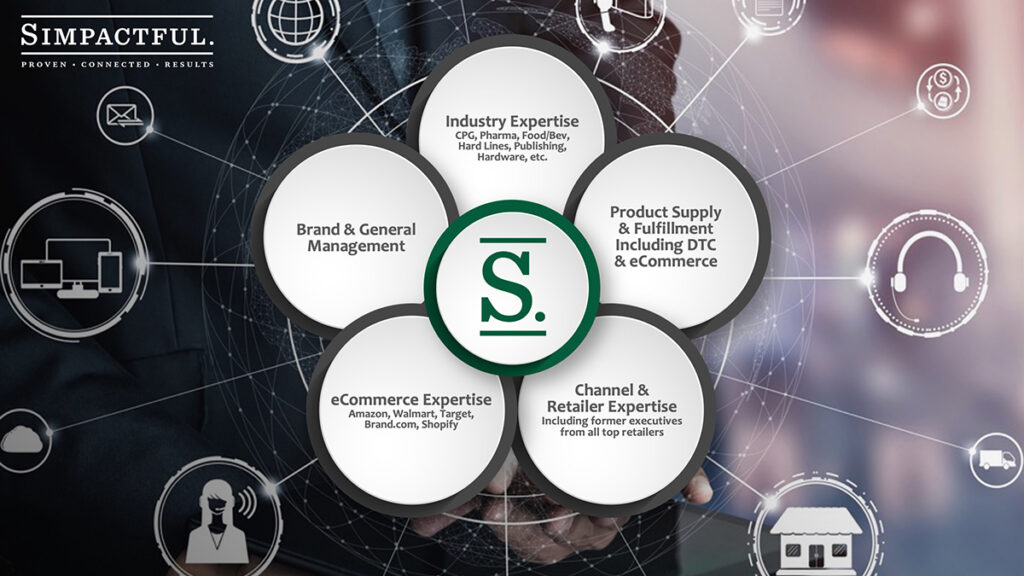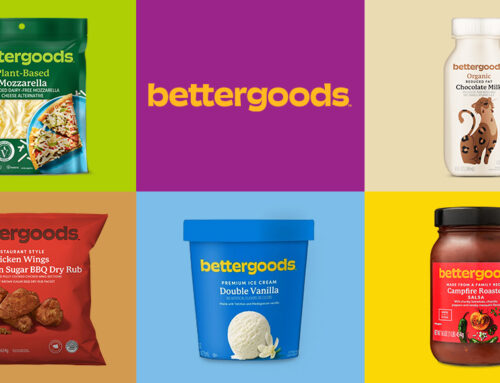
According to a survey of 2000 consumers conducted by Attest, 80% of Americans have shopped DTC in the past year, and 47% of respondents have at least one subscription. DTC e-commerce is being driven by advancements in shipping and logistics, direct response and hyper-performance media, virtual customer service, and streamlined check-out tools that have leveled the playing field with online marketplaces. One of the most critical enablers is the evolution of cloud systems to identify the trigger behaviors that move consumers down the acquisition funnel and programs like Zapier which facilitate the ability to establish “trigger” campaigns across over 2,000 apps from Facebook and e-mail to Amazon and Shopify.

Heather Burgess, Senior Consultant
The barriers to standing up direct commerce are now negligent – creating both threats and opportunities for rapid disruption. Platforms like Zangerine offer custom sites and fully integrated inventory, site management, CRM, and shipping. Similarly, 3rd party logistics companies make it possible for organizations to stand up DTC fulfillment with shipping reliability without necessarily investing to build in-house capability. Together, these advancements are making it possible for companies from razors and butcher brands to pharmacies and personal trainers to launch quickly and access vast addressable markets where consumers are more and more willing to transact. Advancements in direct response video media make it possible to serve engaging and informative ads to addressable audiences and to facilitate seamless commerce with significantly higher conversion. In fact, when Arie tested YouTube’s new Direct Response Video capability as part of the media mix they saw conversion grown by 9-fold.
Whether because of a new product launch, new leadership, competitive entrants, shifting consumer behavior, or disruptions to existing business models, companies with established brands can suddenly find themselves questioning whether to play in DTC and how to do so without jeopardizing existing retailer relationships. Similarly, DTC-only brands born in the age of online shopping struggle to understand the intricacies of brick and mortar distribution.
Where to Play and How to Win channel decisions don’t need to be overwhelming. At Simpactful, we understand the data leadership teams need to make critical decisions and we understand the perspective of retail buyers because we’ve all been there. Our “get grow keep” model assists brands in developing customer knowledge, getting, expanding, and keeping distribution whether scaling from a direct-only channel model and or considering direct models with existing bricks and mortar relationships. What sets Simpactful apart is our ability to collaborate to view problems and pressure test solutions from the consumer, manufacturer, and retailer side. Sample areas of focus:
- competitive landscape
- emergent trends
- key business decision criteria
- consumer experience
- hyper-performance and direct response media
- decision trees
- Channel
- Fulfillment & logistics.
- retailer response and relationship management
In fact, our ability to pressure test strategies with former buyers and top executives from key retailers can ensure you have a plan to navigate key strategic decisions – as well as to confidently navigate those critical retailer discussions.
Channel decisions can be both simple and impactful. Interested in learning more? Contact Simpactful at www.simpactful.com





